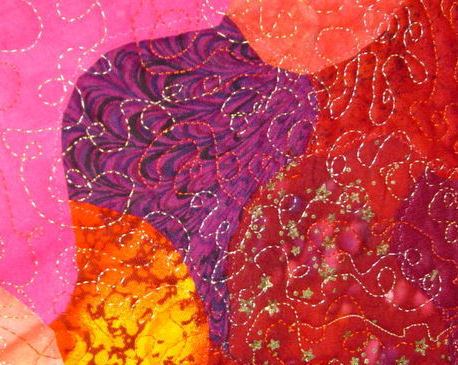 | ||
The running stitch or straight stitch is the basic stitch in hand-sewing and embroidery, on which all other forms of sewing are based. The stitch is worked by passing the needle in and out of the fabric. Running stitches may be of varying length, but typically more thread is visible on the top of the sewing than on the underside. So, a running stitch runs through the fabric.
Contents
Uses
Running stitches are used in hand-sewing and tailoring to sew basic seams, in hand patchwork to assemble pieces, and in quilting to hold the fabric layers and batting or wadding in place. Loosely spaced rows of short running stitches are used to support padded satin stitch.
Running stitches are a component of many traditional embroidery styles, including kantha of India and Bangladesh, and Japanese sashiko quilting.
